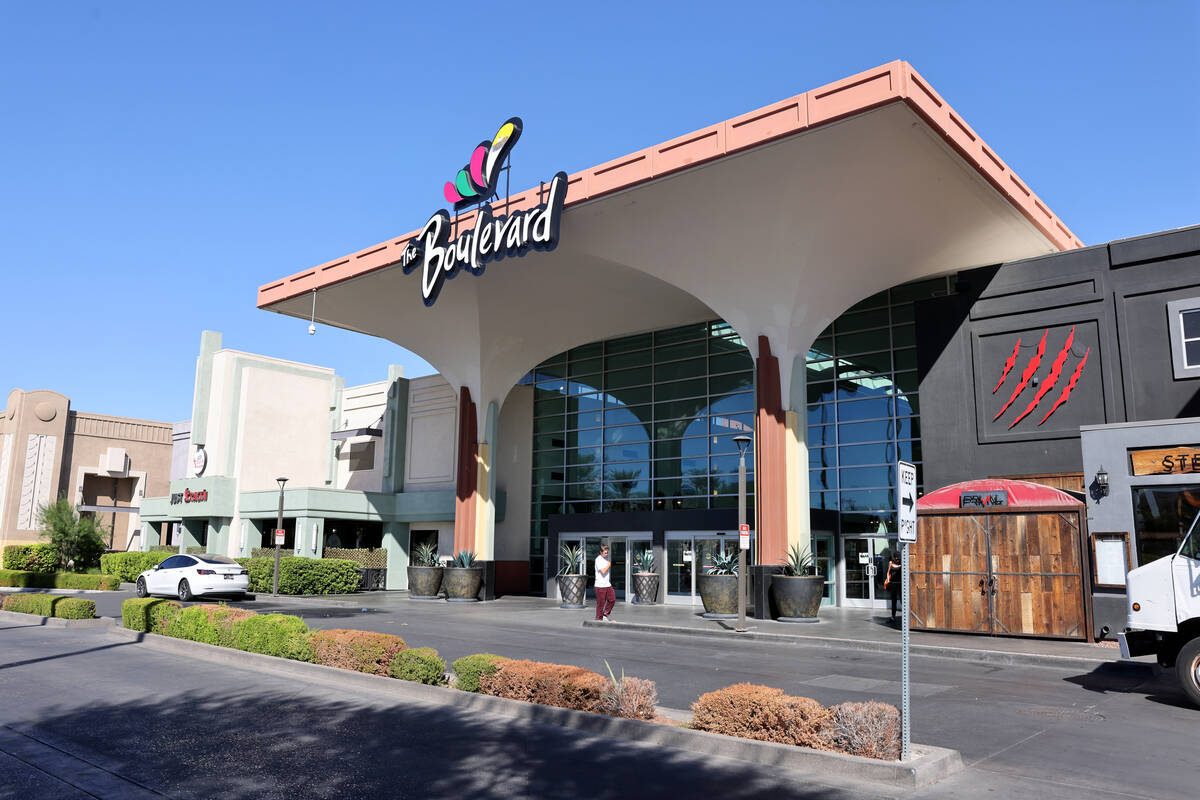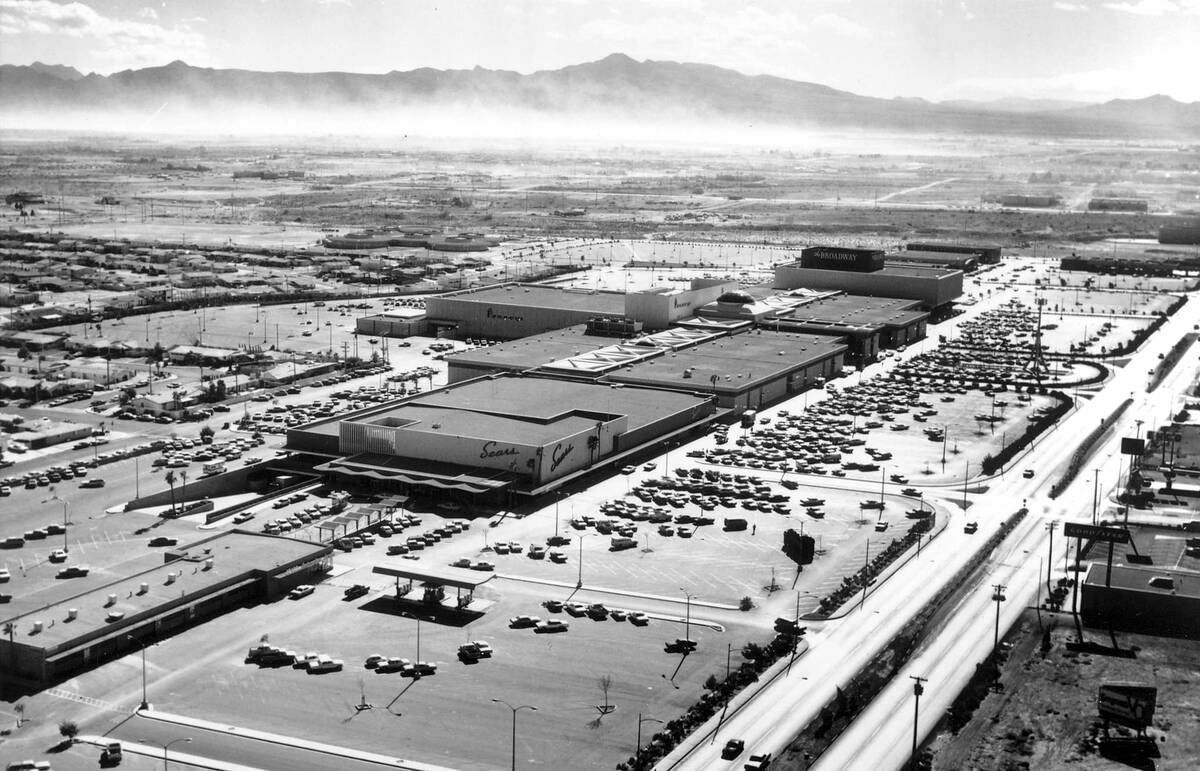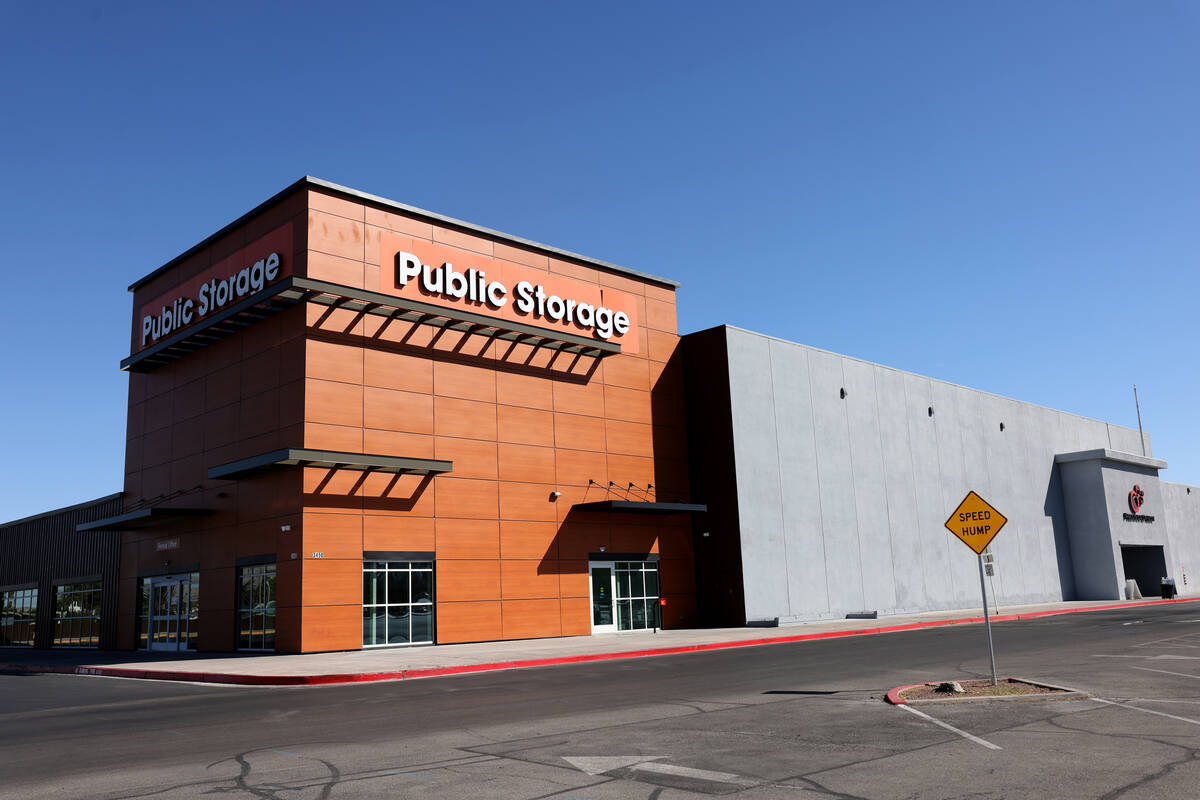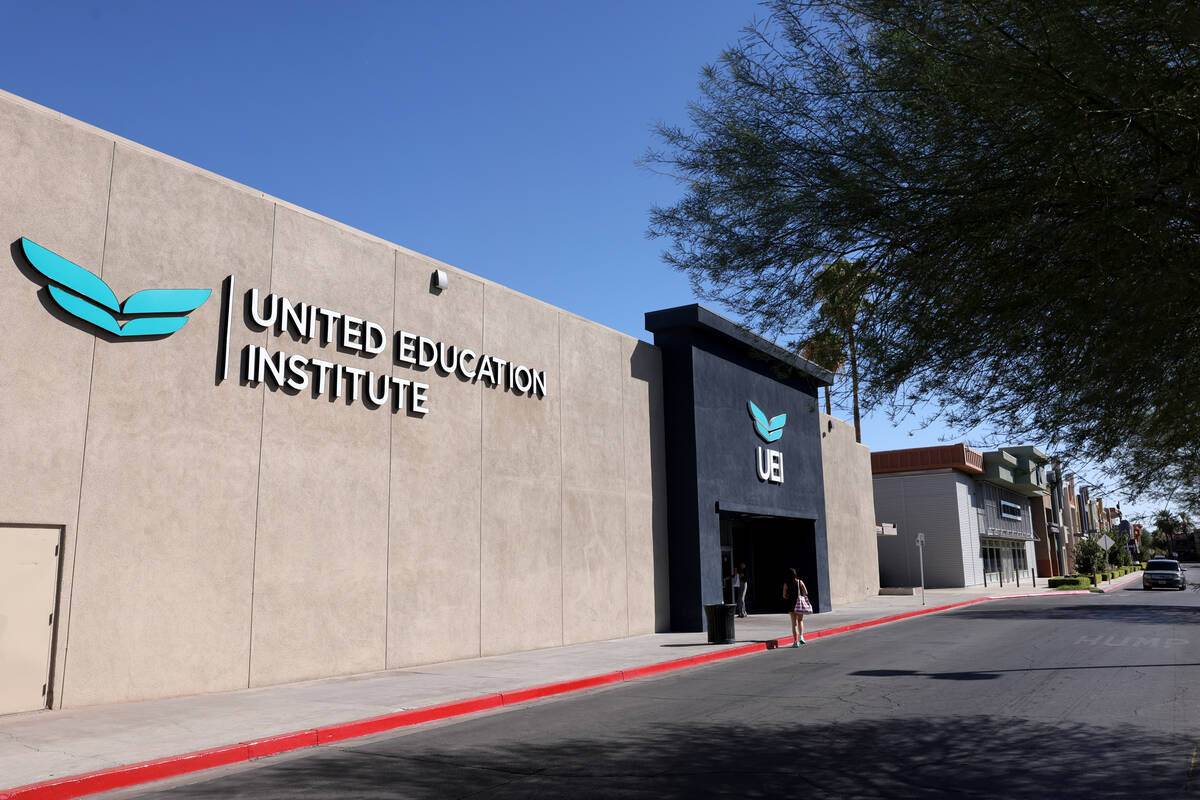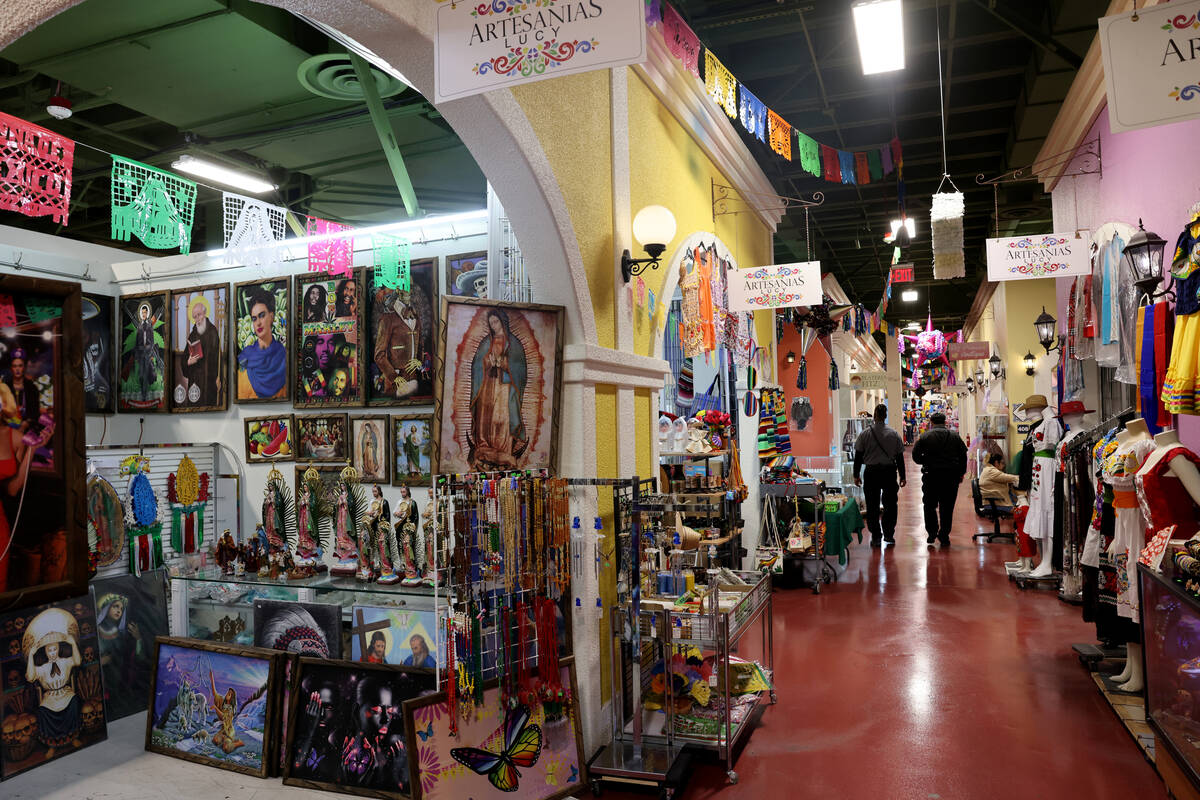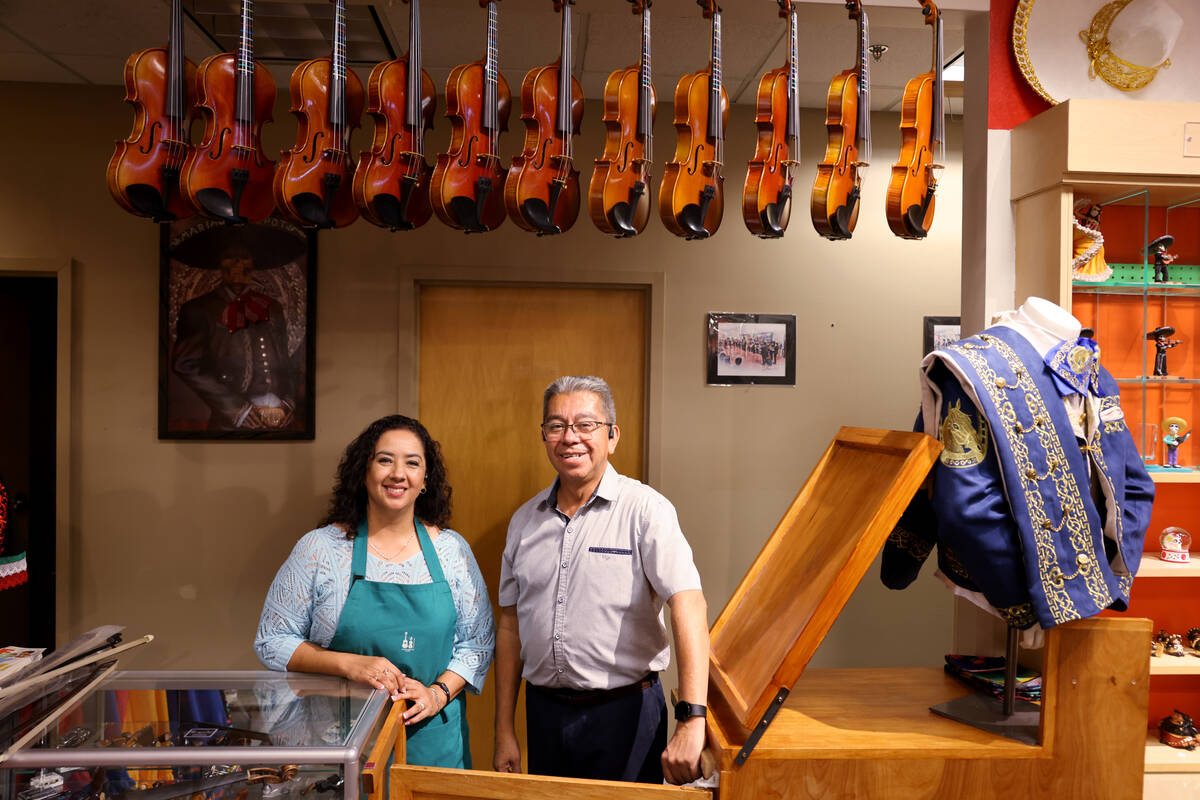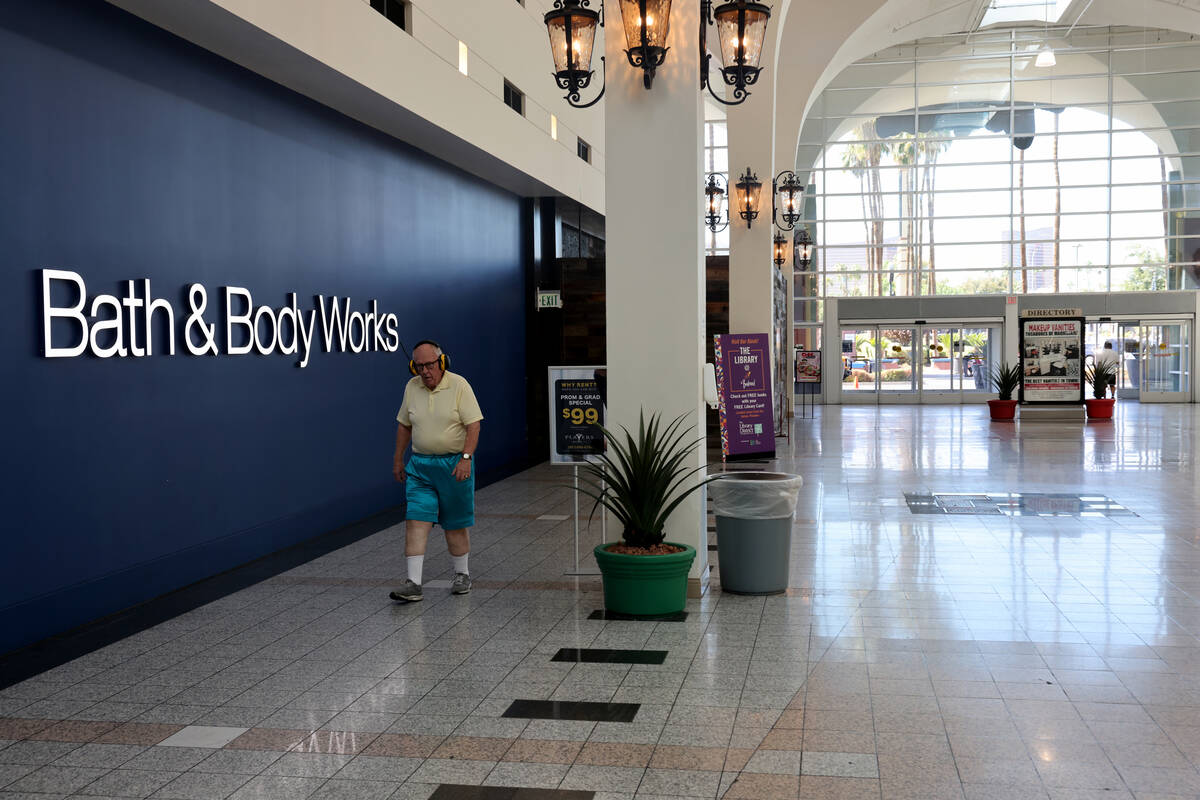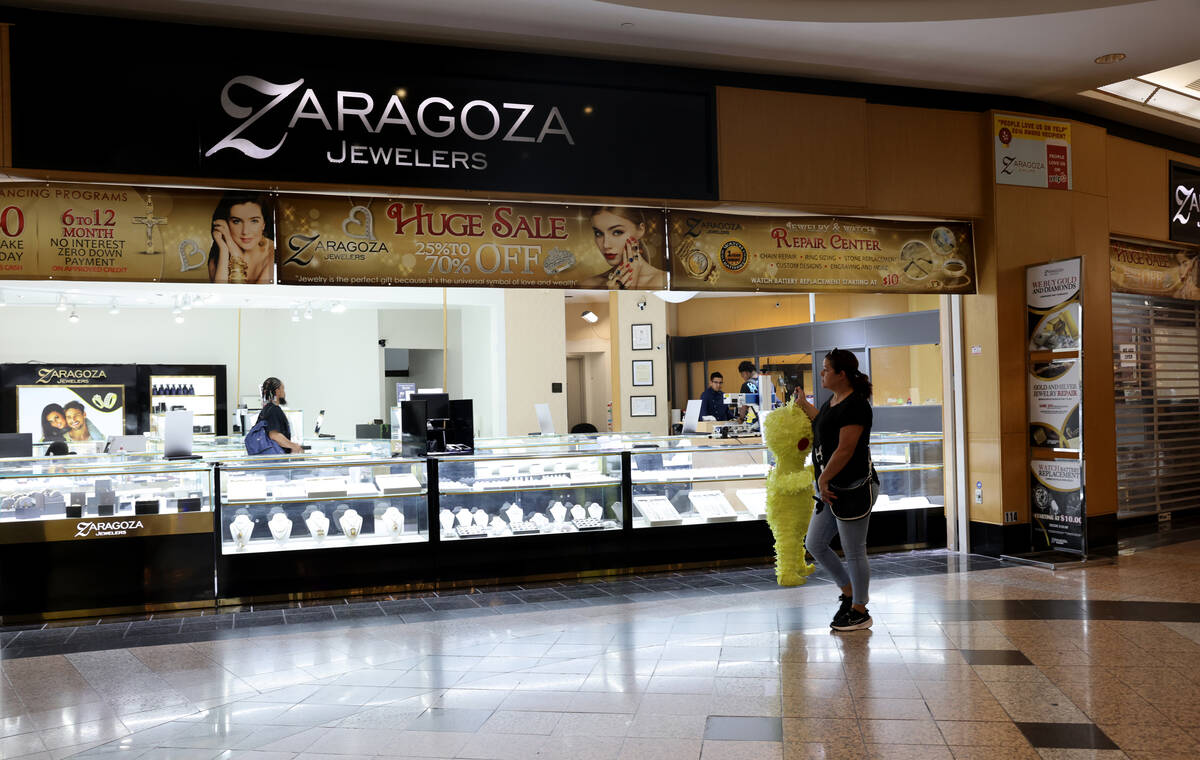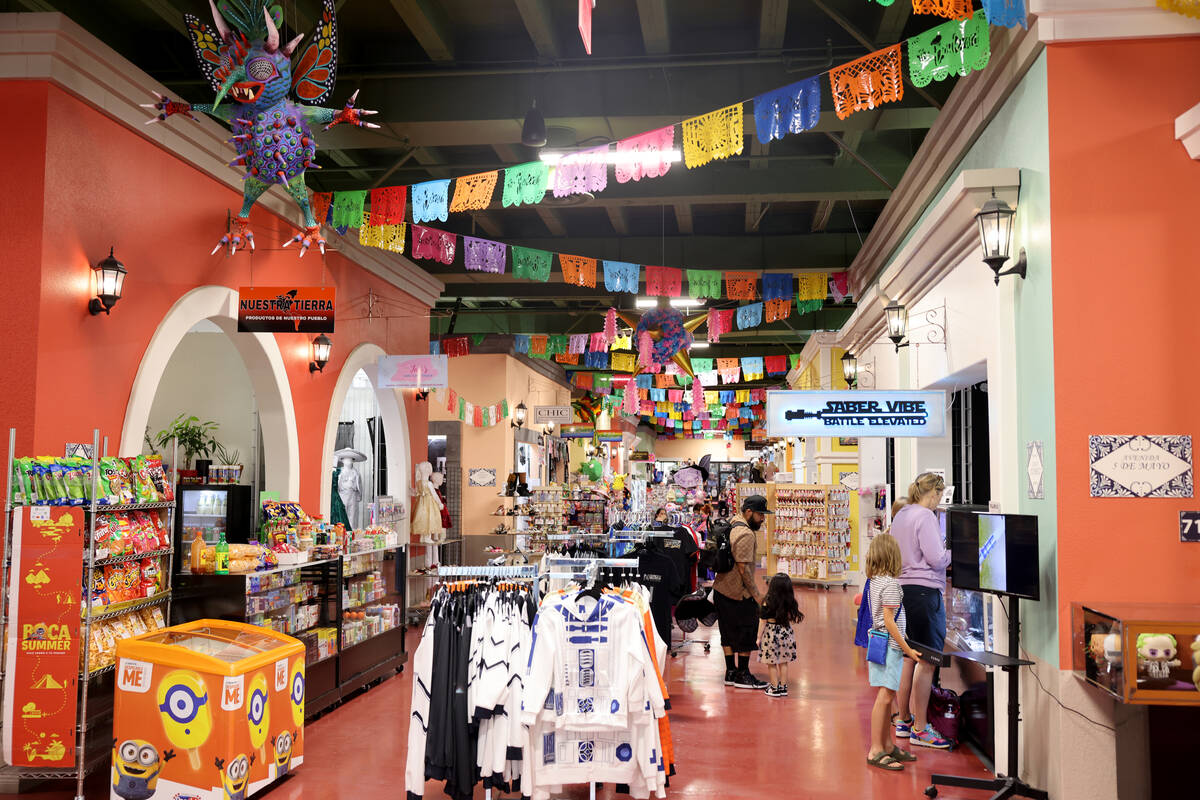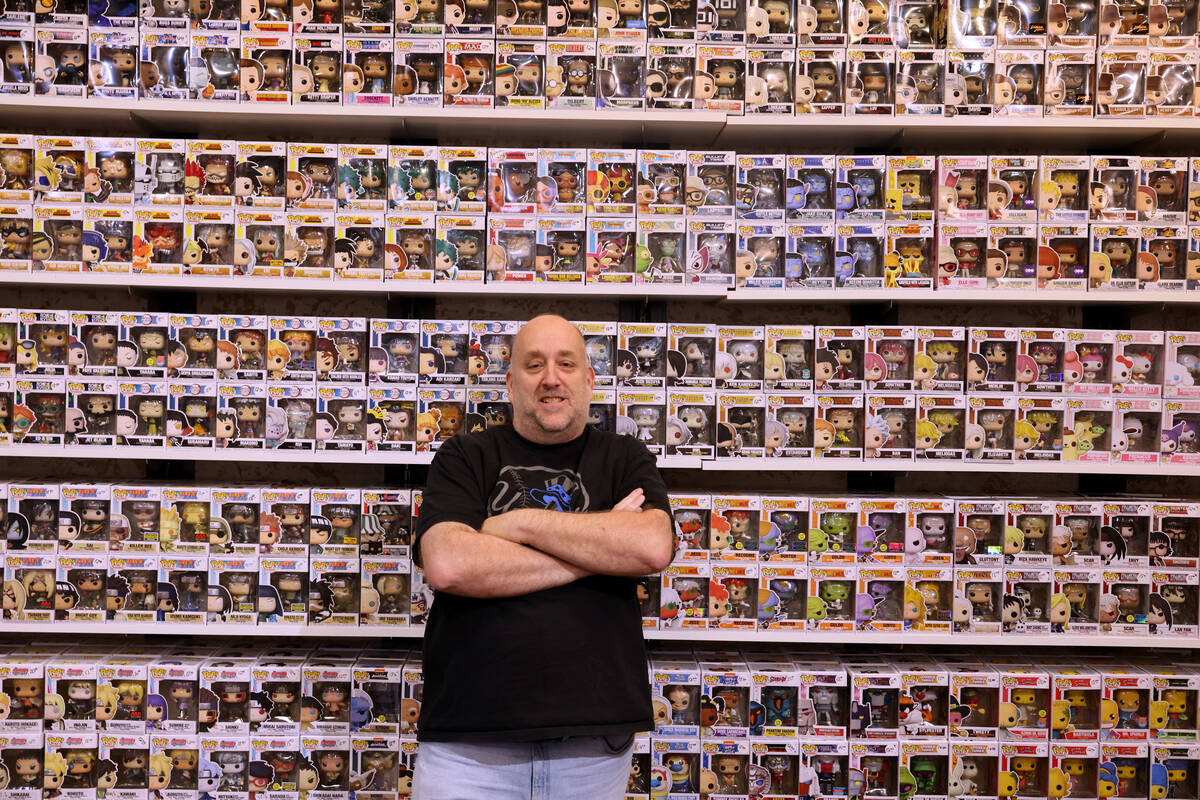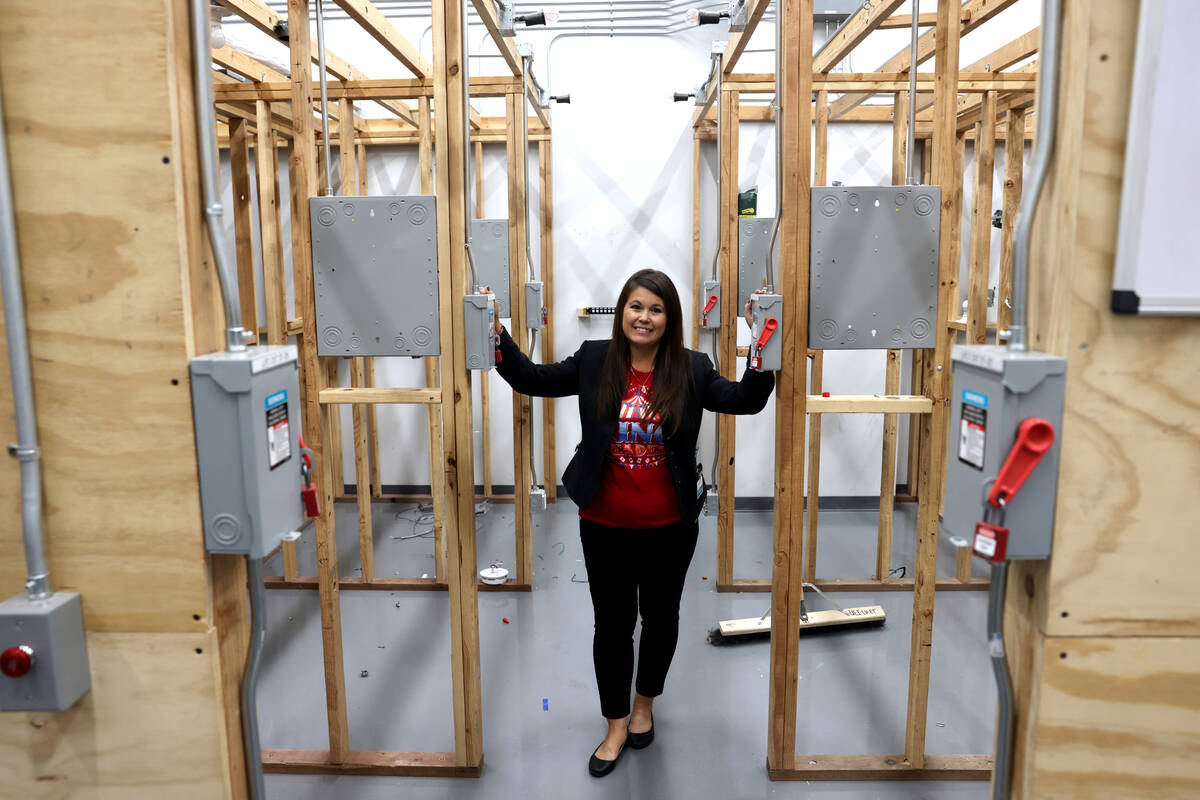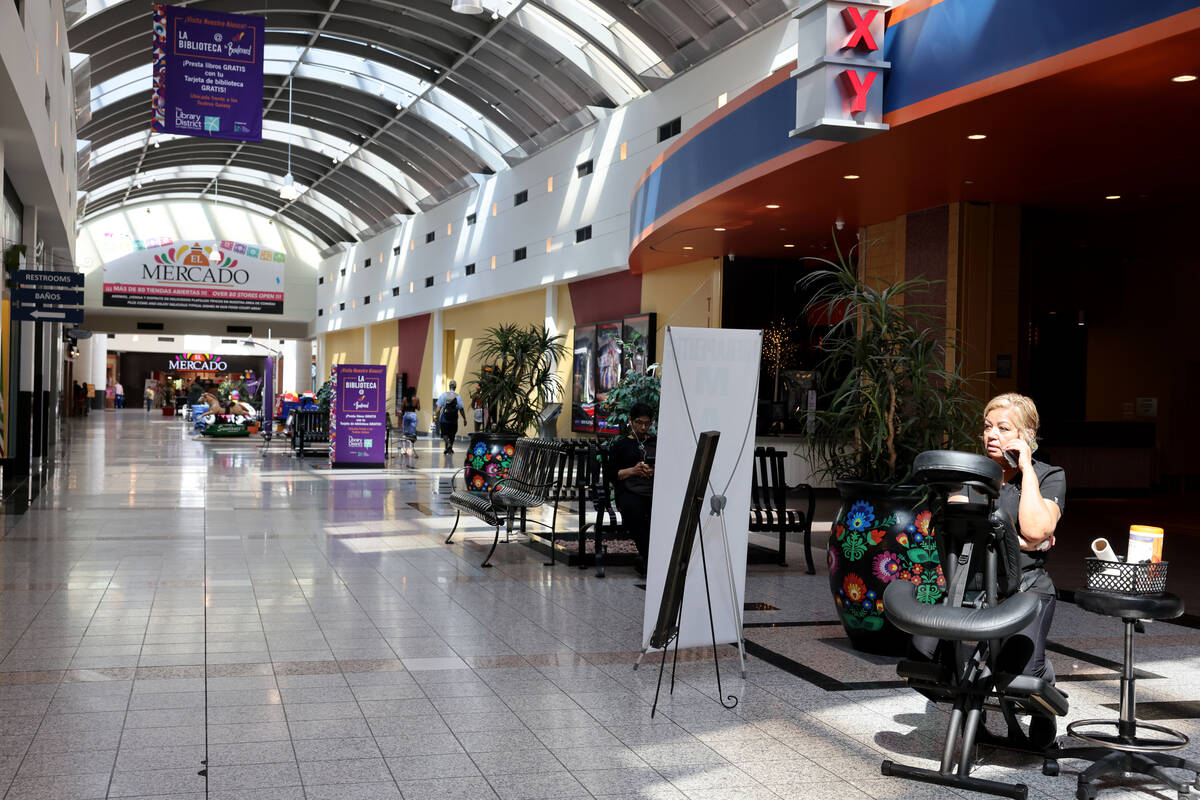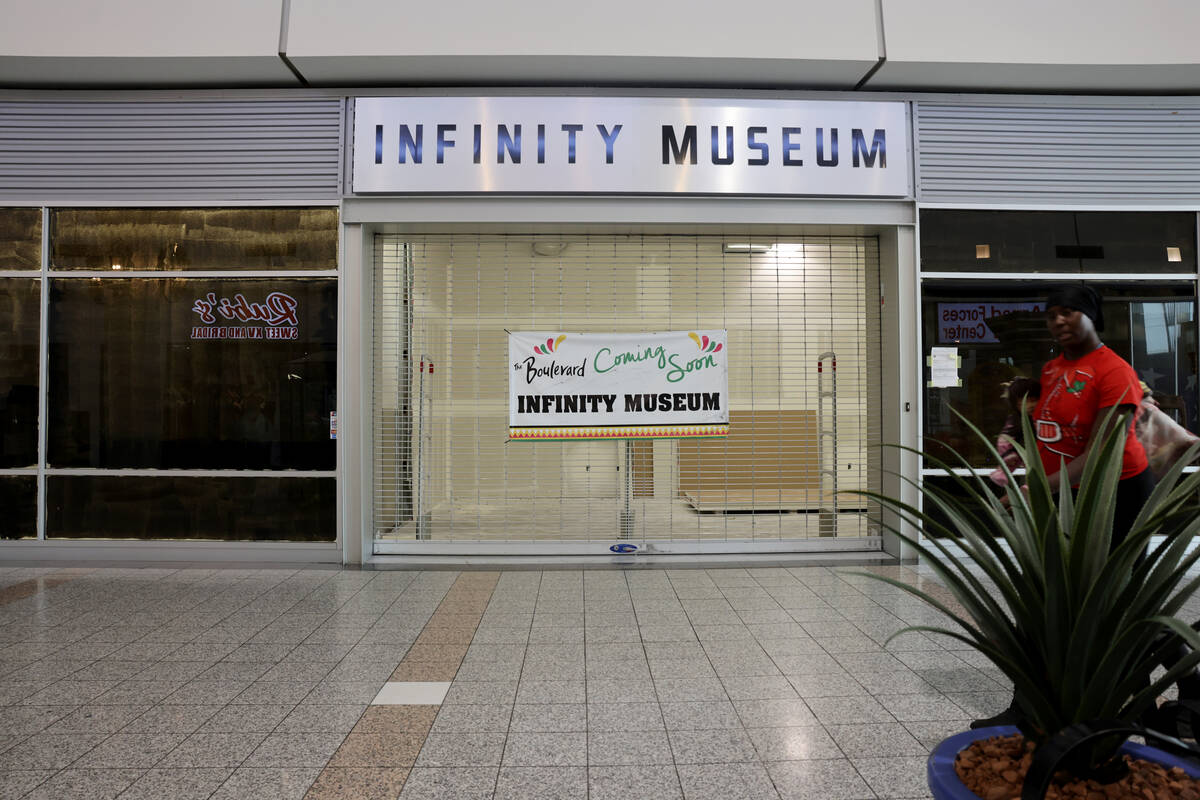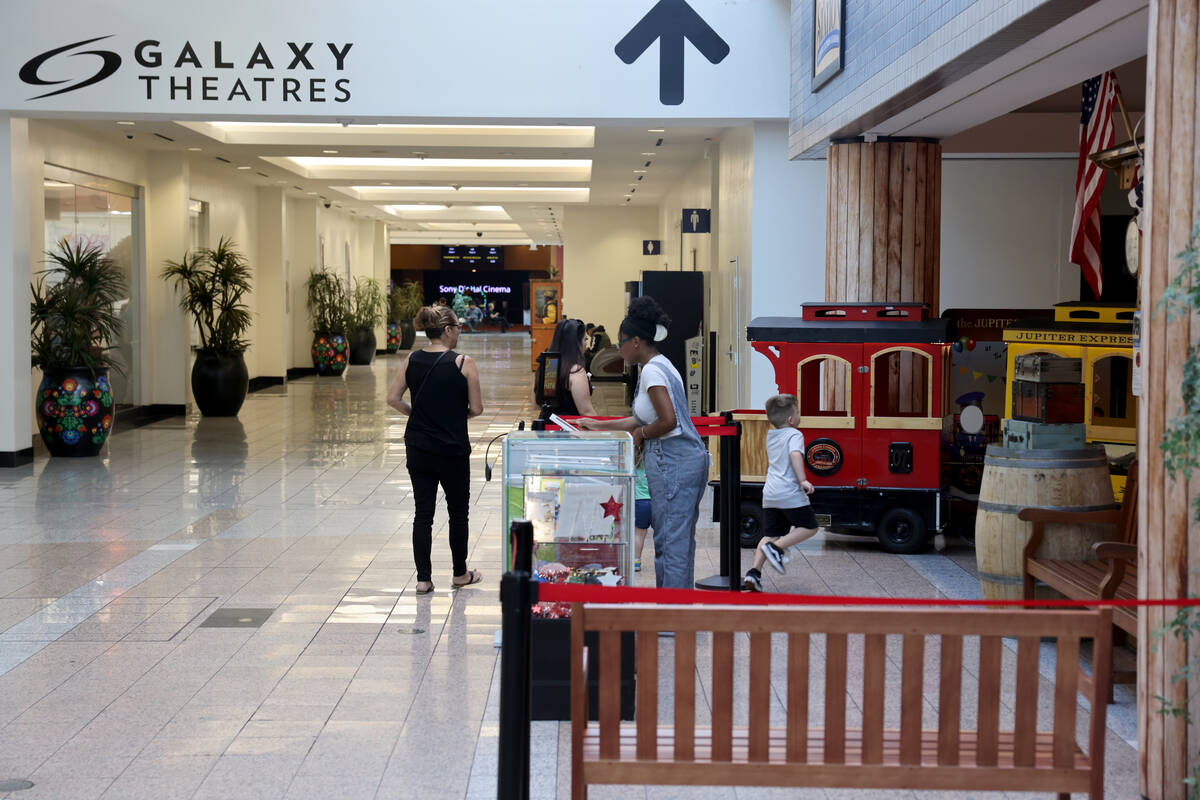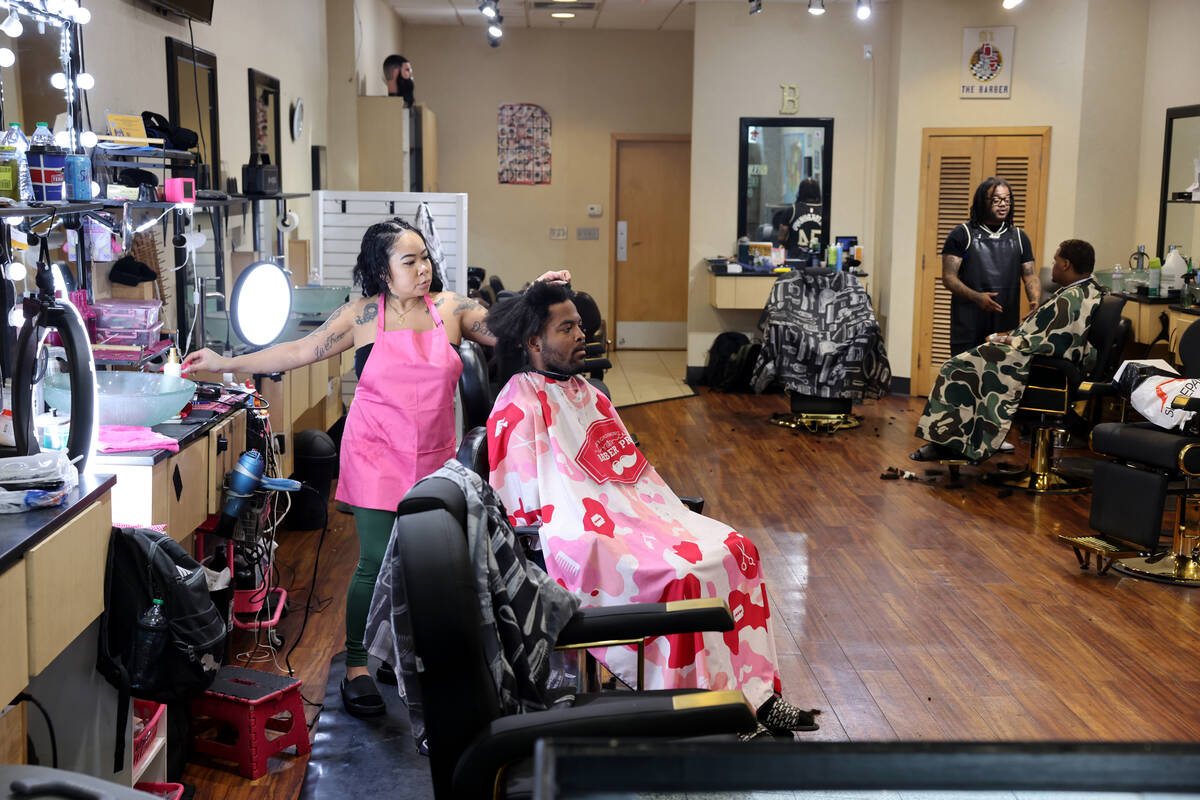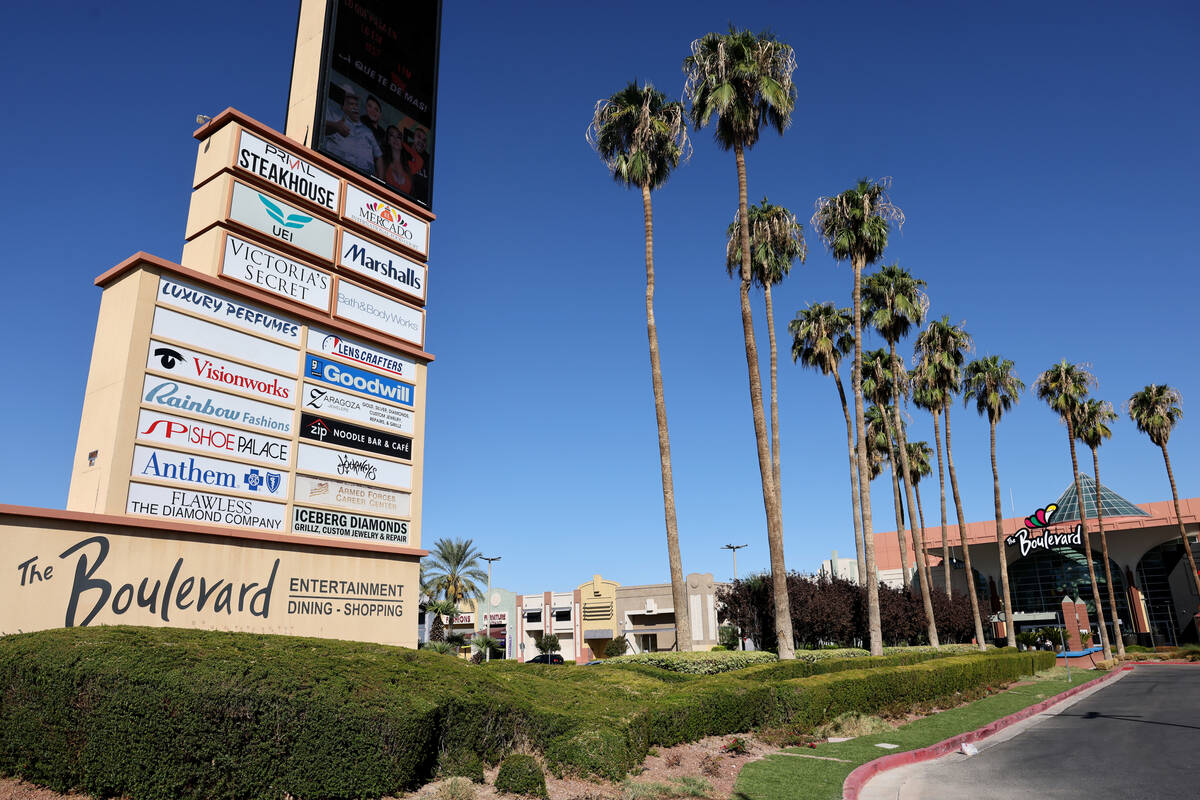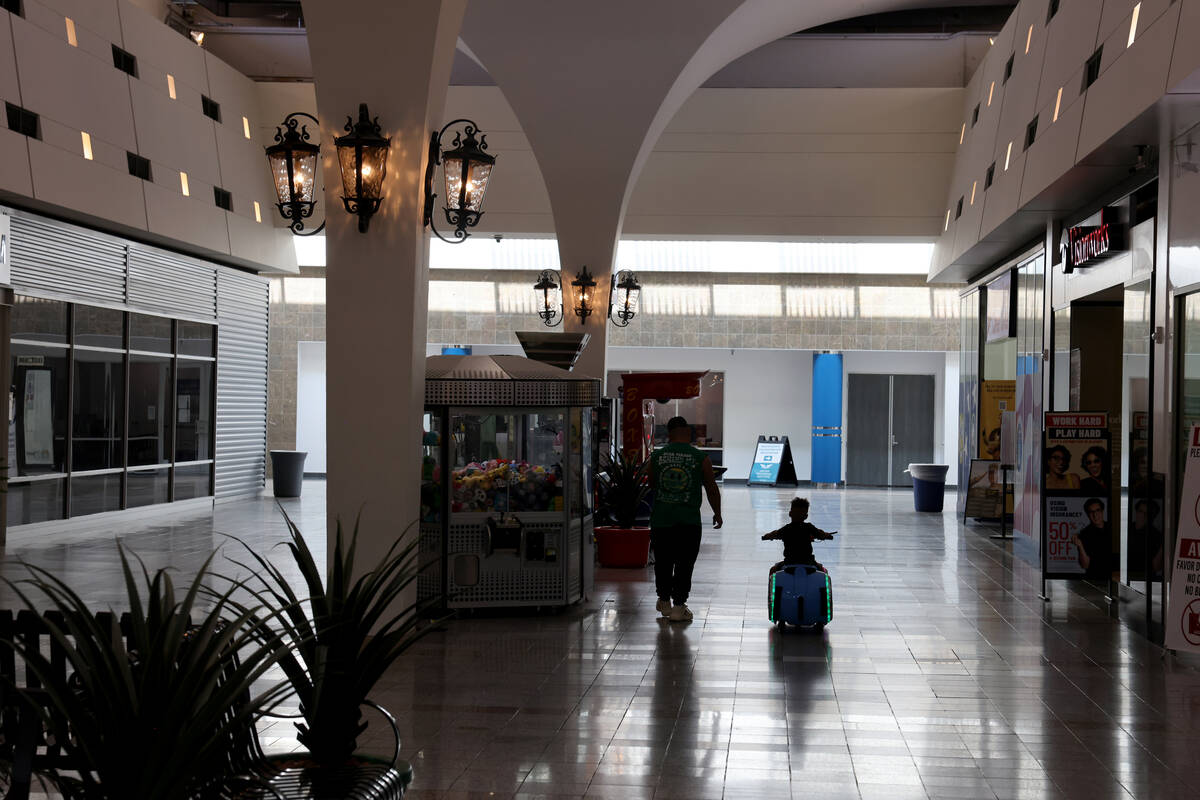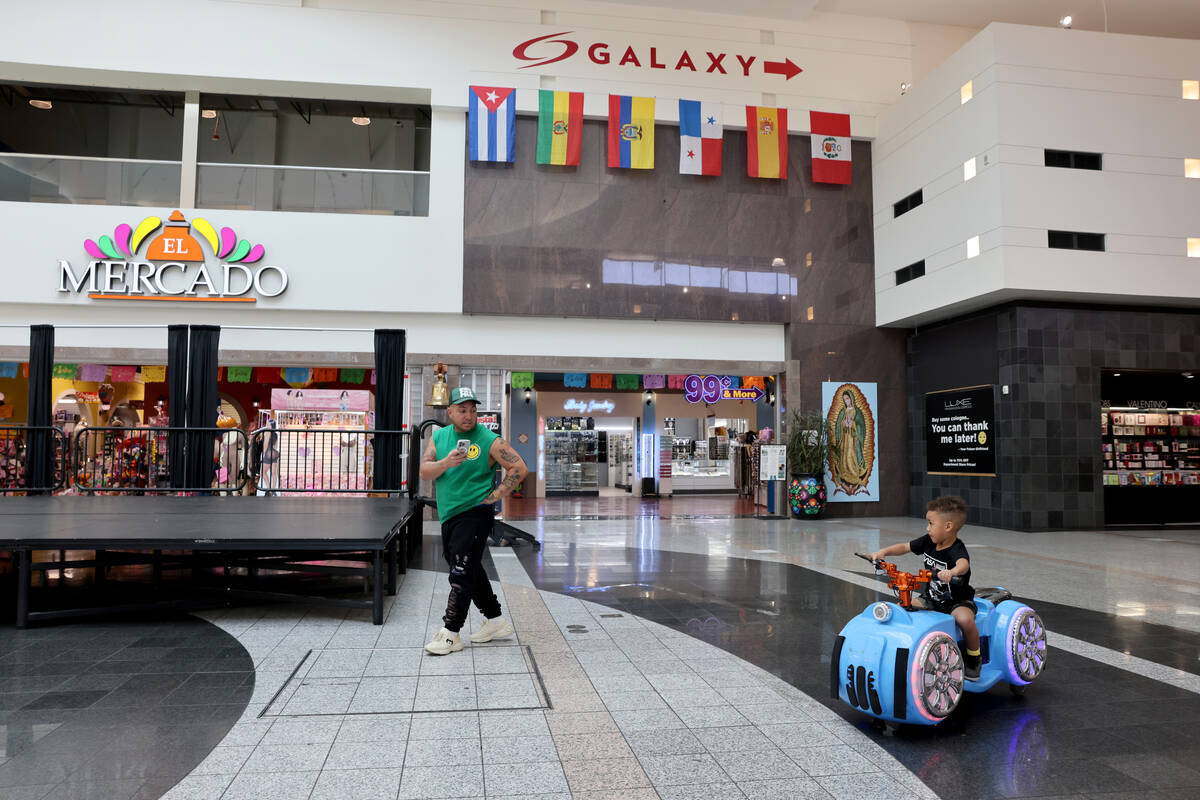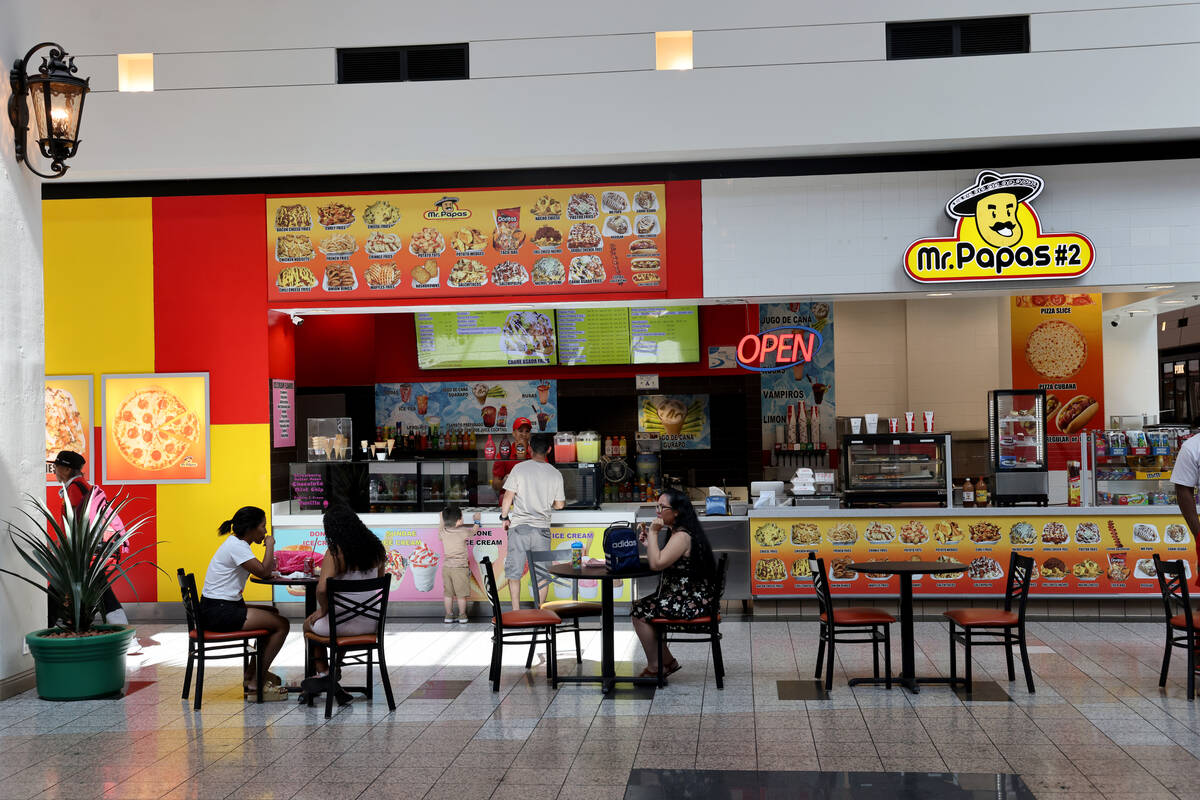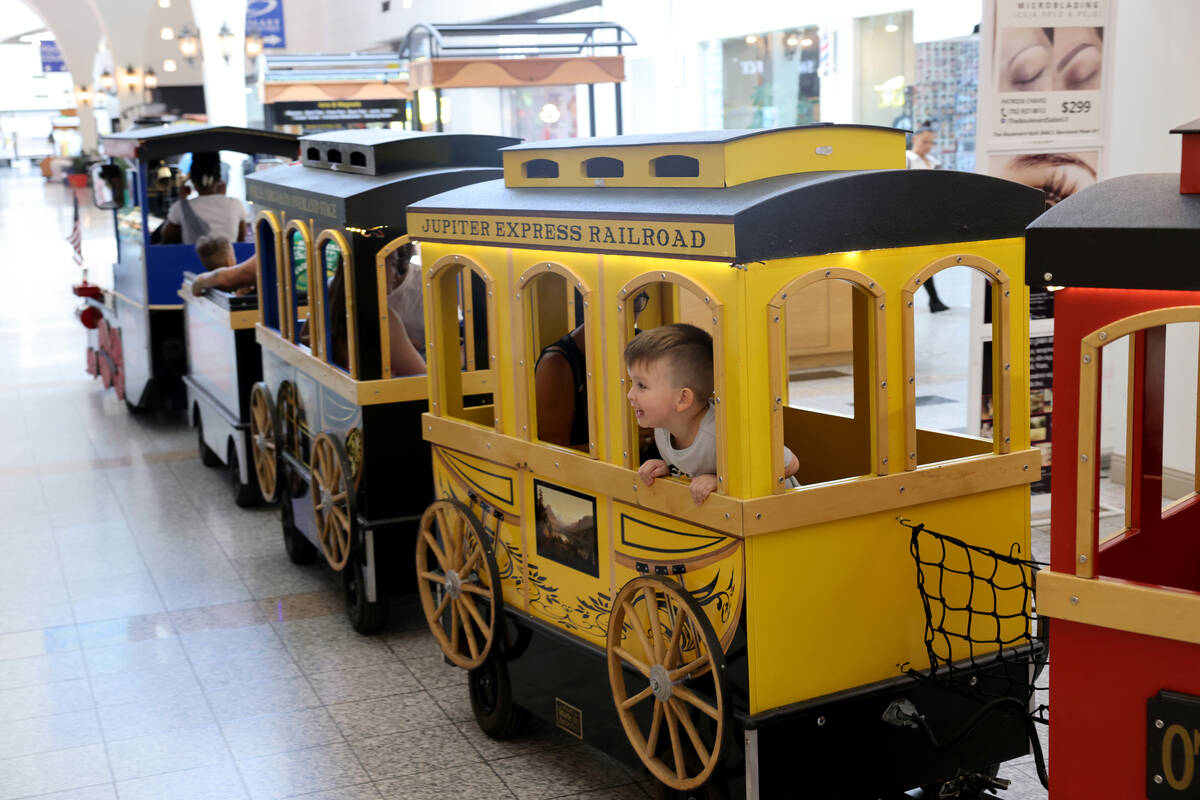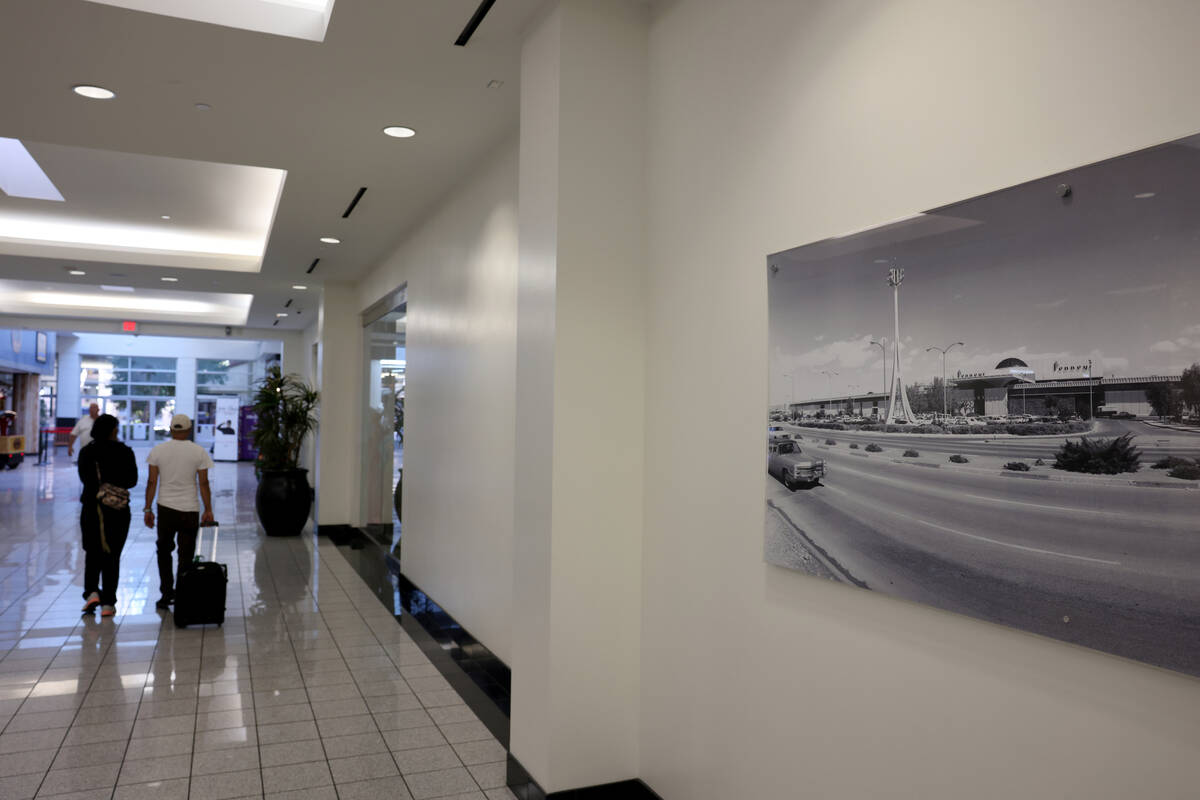‘What happened to the Boulevard Mall?’: It’s a new era for Las Vegas’ first mall
Clay Heximer remembers eating pizza and jelly beans at the Boulevard Mall 40 years ago.
The Vineyard “had a buffet that had, like, pizza and jelly beans,” said Heximer of the now-defunct Italian restaurant. “It was just the coolest thing.”
Heximer’s family moved from Alhambra, a suburb of Los Angeles, to downtown Henderson in 1984. When they visited the mall it was a whole-day affair.
In his adolescence, Heximer had never seen a mall with its grandeur, featuring large fountains and live palm trees. He would get lost in the Woolworths basement and ogle at the fish.
On the way there and back his family would drive through the neighborhoods behind — Paradise Palms — and thought to himself: “I want to live here someday.”
Now, Heximer lives in that neighborhood and a five-minute walk from the Boulevard Mall. His last visit was three months ago.
“I’m not going to the Boulevard Mall too much,” said Heximer.
Now as the rise of online shopping has taken over the retail space, it leaves Las Vegas locals asking: “What happened to the Boulevard Mall?”
While much has happened to the surrounding area, the mall itself appears to be successful with only a 5 percent vacancy rate. Although, the mall today is a complete 180-degree turn from its opening day.
With multiple changes in ownership since opening in 1968, Boulevard Mall has shifted its focus from big-box retailers and department stores to a community development and education focus, specifically with Latino communities.
“We’re focusing more on the education component,” said Timo Kuusela, vice president and general manager of Boulevard Mall.
Boulevard’s community approach
According to the 2022 Census, the neighboring ZIP codes, 89169 and 89119 are 33.5 percent and 37.3 percent Latino, respectively.
The mall now has a little bit of everything. Shoppers can visit retailers, department stores and entertainment venues. It can often be seen filled with children on field trips or with parents, especially with the addition of SeaQuest, a 31,000-square-foot aquarium, Galaxy Theatres and a go-kart track. The Galaxy Theaters is even lined with Spanish-speaking stars and biographies in both Spanish and English.
But one of the biggest draws for neighboring communities is El Mercado.
“It’s been a great addition to the mall. It really caters to the Hispanic community that we serve,” Kuusela said the marketplace that offers local food and beverages and arts and crafts.
El Mercado launched in late 2020 and has over 190 units selling authentic items, clothing and cuisine. The Mercado has its own separate food court that comes with fully outfitted kitchens for small business restaurants.
“I think it’s also helpful for when we deal with the national retailers like Bath and Body Works,” Kuusela said. “They understand completely what our strategy is as far as marketing to the Hispanic community.”
Built in Paradise
Opening on March 6, 1968, the Boulevard Mall opened alongside Sears in what was considered the edge of town. The mall reflected a national trend of indoor malls, adding to the rapid development of Las Vegas in the 1960s.
The mall was built by real estate developers Irwin Molasky and Mervyn Adelson and first owned by Haas and Hayne Investment Corp. It was the state’s first indoor, climate-controlled shopping center and opened with 26 stores, including Woolworth’s, JCPenney and Broadway, now Macy’s.
“Boulevard Mall reflected something going on nationally with the construction of these indoor malls,” said Michael Green, Nevada historian and UNLV history professor.
Not only was the mall reflective of a new era of growth in Las Vegas post-World War II, it was walking distance to one of the swankiest neighborhoods in Las Vegas at the time: Paradise Palms, also built by Molasky and Adelson.
“There was room at the Boulevard Mall for a bit of everything,” Green said. “It tells you sub-urbanization is drawing Central City businesses.”
The neighborhood was incredibly attractive to the mall developers because of its off-Strip location, midcentury modern architecture and privacy for high-profile individuals. Stars such as Johnny Carson, Debbie Reynolds and Dean Martin had primary or secondary residences in the area, but so did the average local.
“More people were moving to the suburbs, but especially Paradise Palms, which offered suburban living and attractive suburban living,” Green said.
The mall saw a slight decline in 1981 when Fashion Show mall opened but continued to see steady patronage and was the largest mall in the Las Vegas Valley until 2003, when Fashion Show expanded, experts say.
The writing on the wall
As neighborhoods like Summerlin and Green Valley expanded Las Vegas’ reach, people moved out of Paradise Palms because it wasn’t desirable anymore. Housing prices declined in the area and a wave of Latinos migrated to Las Vegas, Green said.
“Newcomers might look at it as a nice area and perhaps more within their economic reach than some of the other possibilities,” he said. “It ended up being less costly than a new home in these newer developments.”
And, like many malls, it suffered greatly during the Great Recession, when Kuusela said he saw the “writing on the wall.” Dillards was the first to go in 2008, then Macy’s in 2018 and JCPenney and Sears in 2019.
The target patrons of 1968 were no longer in the area and the mall no longer served the community it was in and saw multiple changes in ownership.
Now, the mall is owned by Boulevard Ventures and when Kuusela took the reins as vice president and general manager in 2013, he did a massive overhaul and reimagined the space.
A new era
Walking through the mall, patrons might not recognize every storefront. Large retailers like Bath and Body Works, Foot Locker, Torrid and Victoria’s Secret are still a large draw for shoppers, but small businesses, specialty stores, career growth opportunities and education centers rule the mall.
“You know, those guys (large retailers) have survived everything, and they continue to do fairly well,” Kuusela said. “It’s good to have them mixed in here and bring more validity to some of the other local offerings we have.”
The big retailers have largely been replaced by call centers. The former Dillard’s space is now occupied by a call center for TTEC while 24/7 In-touch call center is in the former JCPenney. The former Sears now house career college UEI College. The college offers dental and medical assistant programs, truck driving certifications, electrician and automotive technician programs and even welding.
Kuusela even teased a new education opportunity for K-12 students. Although, the mall still must drive patronage and there’s a plan for that, too.
“The new era has been really about, on one hand, adding family entertainment and things that require physical presence to attend,” he said.
Contact Emerson Drewes at edrewes@reviewjournal.com. Follow @EmersonDrewes on X.



